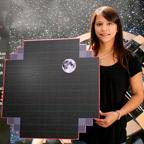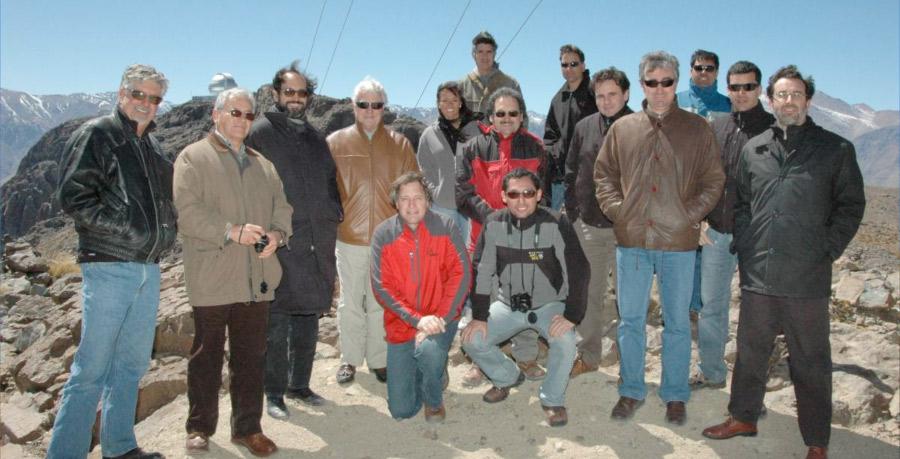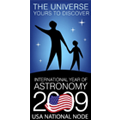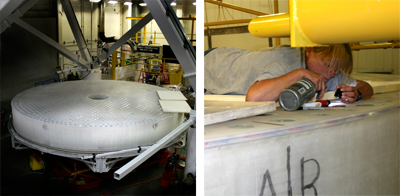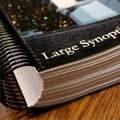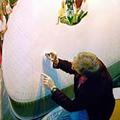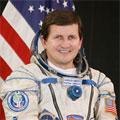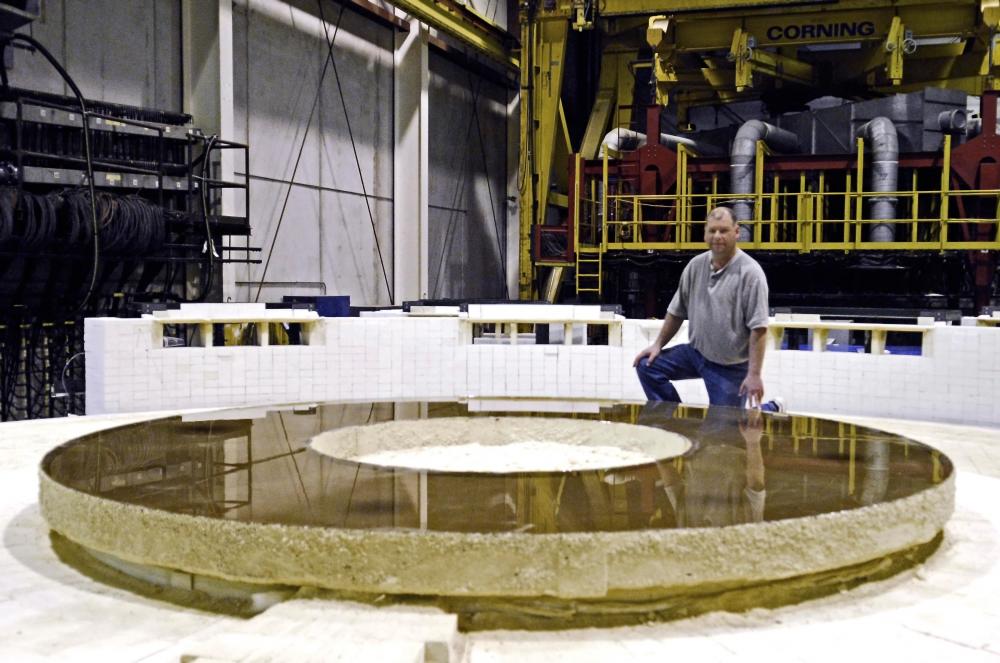LSST organized a conference in La Serena on 29 and 30 September for Architecture and Engineering Companies that have been pre-qualified to provide proposals for the design of the LSST summit facility on Cerro Pachón. The first day of the meeting provided LSST and AURA an opportunity to present background on LSST and the management organization. The second day included a visit to the observatory including stops at the LSST site, Gemini South, and SOAR. The LSST project has required that the facility design for this important part of the project be conducted in Chile. Eight companies, mostly from Santiago, were present at the meetings. Proposals are due at the end of October. The AURA Observatory will provide LSST with the business services to contract with the selected company and will host LSST staff moving to Chile, starting this December, to monitor the technical development locally.


